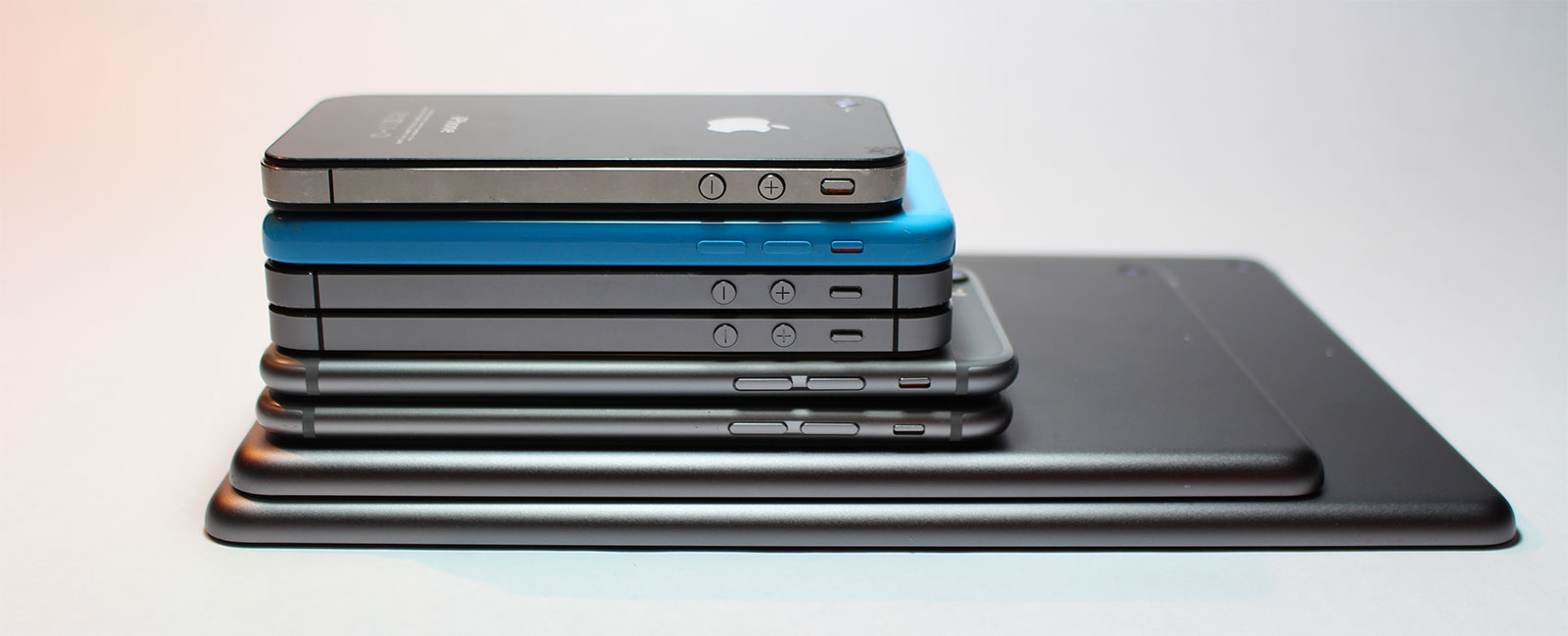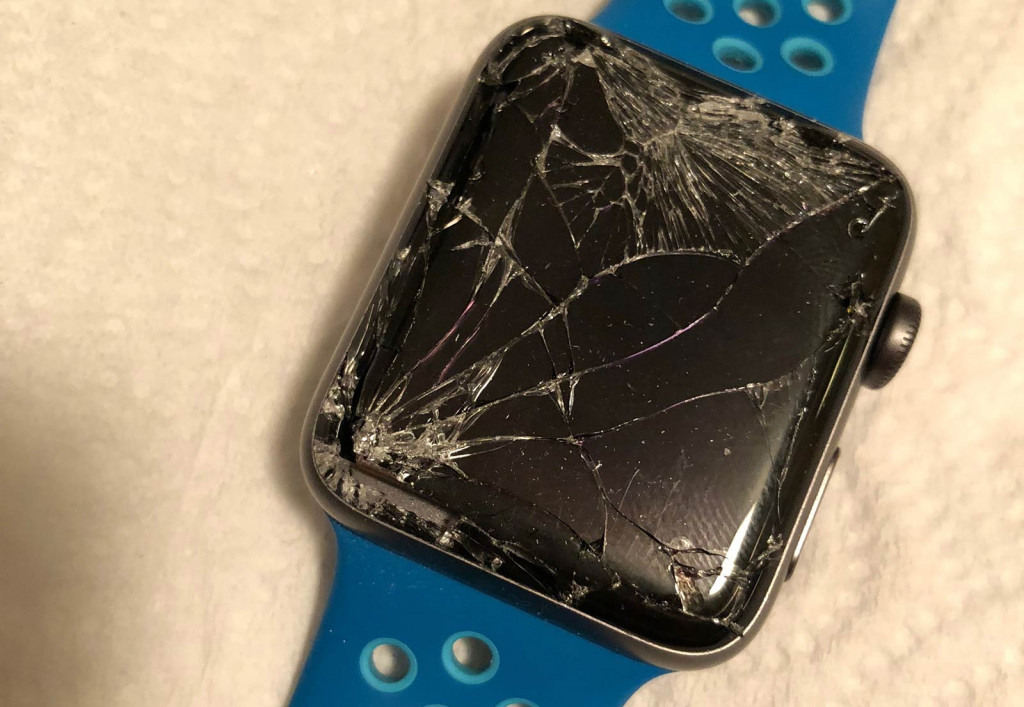Apple is one of the only computer and device companies to charge for an extended warranty plan, but it has always had a good reason: no one else makes an Apple. So do you need it, or can you live without it?
Every device you buy comes with a warranty, but there are some warranties that go above and beyond the typical one or two year required amounts. Extended warranties, as most of us call them, tend to be offered by the company selling you the product, and few of these arrive from the company that makes the product.
But there does seem to be one exception: Apple.
One of the few device makers that offers its own extended warranties, Apple’s extra warranty is known as “AppleCare”, and it’s offered for pretty much every major device Apple makes, offered as an extension to give you replacement or repaired products for that shiny new phone, tablet, computer, or Watch you just bought.
That’s a warranty that sits on top of your original warranty, though it’s one not everyone buys into, and for obvious reasons.
We replace technology very quickly, and so while an extended warranty makes sense for a device, if you’re going to replace a phone after a year, is an extended company warranty worth considering?
An extra warranty?
Back when computers were actually regarded as expensive, the extra Apple warranty made a lot of sense, but these days, it’s less of a priority. With better device builds, prices, and our typically quickly replaced lifecycle for products, extended warranties begin to become less of an issue.
In fact, in cases of severe problems with a laptop, tablet, or phone, Apple will bypass the need for a warranty and go right to replacing the part or repairing the machine, reducing the need for that extended warranty even so.
If, however, the problem isn’t shared among devices and regarded as a manufacturer fault, going out of warranty and needing a replacement can lead to a more expensive repair job than otherwise expected, but not always. In fact, some third-party repair jobs can end up being the very thing that saves you.
Like insurance, an extended warranty tends to be a product that saves you if you get into a bit of a jam, but it does lean hard on that “if”.
Where AppleCare makes sense
However, if you’re struggling to come up with a need for AppleCare, there is one that isn’t quite so obvious until you desperately need it: when you own an Apple Watch.
It might not seem blindingly obvious at first, but the Apple Watch is a device that is more likely to come up against the rigours of every day life more than any other device on your person.
Think of it this way: the iPhone is going to mostly stay in your pocket, and while it might be dropped and produce a cracked screen, the commoditisation of iPhone repairs means screen fixes are relatively common and not overly expensive.
But repairing the screen on an Apple Watch can cost almost as much as the device itself, with a $349 cost to repair the screen on a $459 Apple Watch without AppleCare.
If you have AppleCare, however, that cost drops to $99 and is handled by an authorised Apple service centre, and it’s not the only case where it matters.
Apple’s iPad is another serious case, where the $979 price of a 10.5 inch iPad Pro can cost almost half that to repair, chiming in at $449 without AppleCare. That’s similar to what life is like if you break the screen on the inexpensive iPad, the 9.7 inch standard model, which starts at $499 when you buy it brand new, but will cost $249 to fix the screen if it breaks.
According to Apple’s service page, these fixes are reduced to $49 for the first two breaks if you have AppleCare, dropping the price quite significantly.
The case for AppleCare
Despite this information, we’re not suggesting or advocating that you definitely go out and get AppleCare for your product.
However, if you’re concerned something might happen — a drop, a fall, or a child scratching and breaking your device — AppleCare is one addition that might just save you money in the long term, or it might just be a comfortable thing to have just in case.







